As Volvo prepares to launch a large electric SUV late this year, a zero-emissions equivalent to the Volvo XC90, and pushes forward with its broader growth plans, Lex Kerssemakers, soon-to-be-retired commercial operations boss who has worked at the maker for 38 years, reflects on where Volvo has come from and what the future holds.
You’ve been at Volvo more than 30 years: what is the biggest change you’ve seen in that time at the firm?
The most important moment for me was the move from Ford to Geely. Under American ownership in 2000, it was very popular to do batch engineering, share lots of parts, share platforms, produce multiple cars in one factory. What we learned under Ford was that if we don’t have a very clear brand and product strategy, we could easily have faded away within a big corporation.
Then we were taken over by Geely in 2010. We were bankrupt because Ford was in bad shape. We learned from our mistakes and stayed close to our values. If the Chinese hadn’t given us carte blanche - they said ‘develop the cars you think you need’ - we wouldn’t have found the success we have. It was a big big change for Volvo. From 2010 to 2015, we worked on the new portfolio. Back then, everyone thought we were nuts to downsize to a four-cylinder turbo, but now it’s everywhere. And we took the first step towards electrification with plug-in hybrids.
What’s the most important car Volvo has launched in recent times and why?
The XC90 in 2015. It was the first car out under Geely, and it was the most difficult car. It was the next design language, which needed to appeal to existing customers and new customers. At the time we were selling 450,000 cars, and we needed conquest to move towards 800,000 units (it sold just under 700k last year). It was a new design, new platform, new engine platform - moving to four cylinders - that combination needed to work. If we’d failed, our image would have gone down the drain.
Volvo has stated a 1.2m volume goal by mid-decade. Are you on track? Do you want to be selling 2m cars like BMW?
We have the right portfolio and we have the right momentum. It’s become an unclear target because of the supply constraints - we sell what we produce and I strongly believe that if we manage to increase production, our targets can be hit.
We’ve stopped predicting - we take it month by month, or at most, quarter by quarter. We said previously that supply issues should be better by mid 2022 and suddenly Shanghai is closed and disrupting the entire supply chain.
BMW’s level was never our goal - 1.2m is where we stop for the moment. We continuously need to find the balance between growth and profitability.
How will your partnership with battery supplier Northvolt help Volvo’s EV transition?
Development speed, shared competencies, cost efficiencies by producing as close to as where we produce as possible - on our premises in Trollshatten (sp). Northvolt has a lot of competence on battery development that we can incorporate at a very early stage. We need to make sure we have the latest knowledge in the development phase of a new car, because once it’s past a certain stage, you don’t change anything else and then we’re stuck with that tech for nine years.
What does Volvo think is the ideal EV range?
Somewhere between 350 and 450km (217-279 miles). Very few people drive more than that in one go. We are still trying to find the balance between bigger batteries, more weight and decent range. I think many [car makers] have a while to go for 450km. I’m not sure 700km makes sense unless it’s a much bigger vehicle. By 2025, the charging infrastructure will have improved. When we can offer charging in 8 to 20 minutes, then it becomes the right level of convenience.
You can buy a Volvo in the traditional way or via direct sales online - when will it be only online?
We are running some quite significant trials in the UK, as it’s an advanced market [for us] with a good team and a network prepared to join us on the journey. By the end of the year, it’s likely 40% of sales will be online. Consumer habits are changing fast and they like that a car is the same price everywhere. We will flip it totally when the market is ready for it.
There are electric equivalents of the XC90 and XC60 incoming, which will sit alongside the existing combustion-engined models. Will they be styled differently?
We changed design direction dramatically in 2015 and we are still in that generation, although of course there will be changes. The further we go into the future, the more dramatic the changes will be. You can design cars that were never created for combustion engines. The moment you start to focus on electric cars only, a new design language comes.
What is happening with autonomous driving?
The entire automotive industry - and we were part of it - were very optimistic a few years ago when it was said that there would be fully autonomous cars on the road by 2020 or 2022. It is tricky, much trickier than we claimed five years ago.
What I have always said, though, is that our aim is not to put autonomous cars on the road but to make our cars safer. Autonomous drive technology takes away all the mistakes of human beings. Our next generation of SUVs will take a big step towards safer cars.

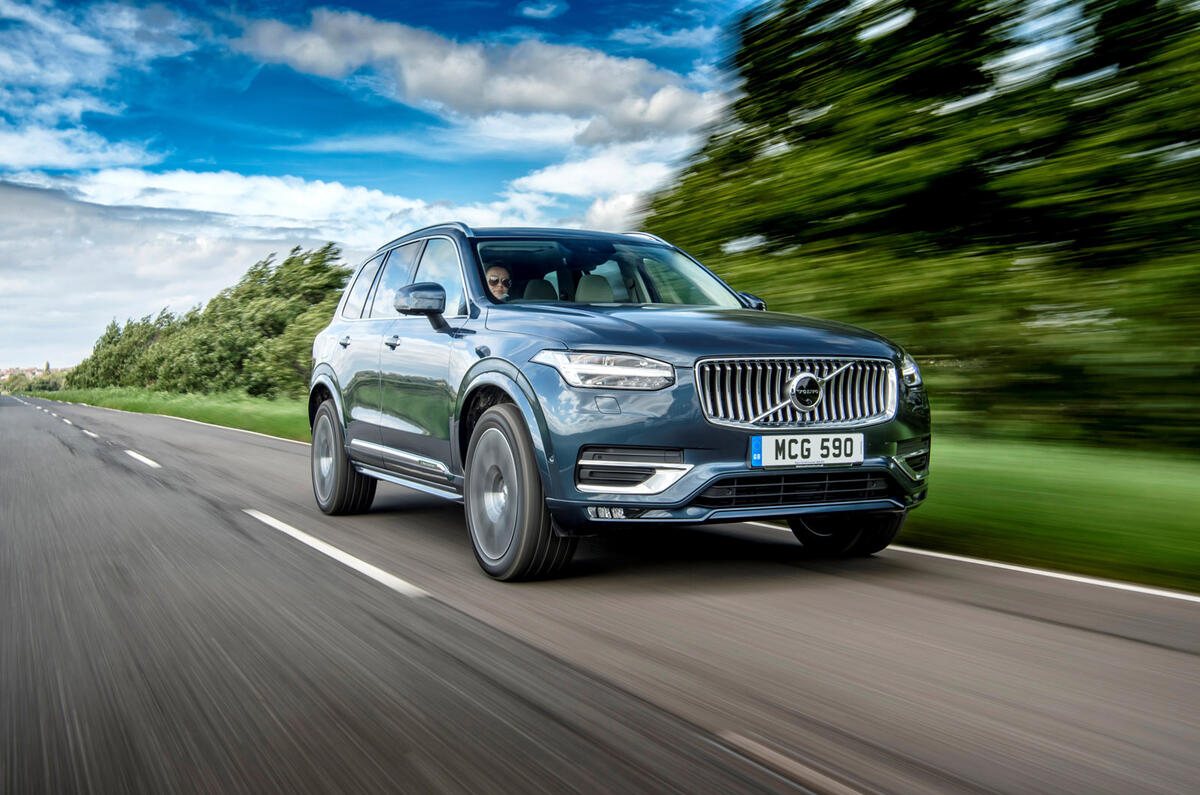
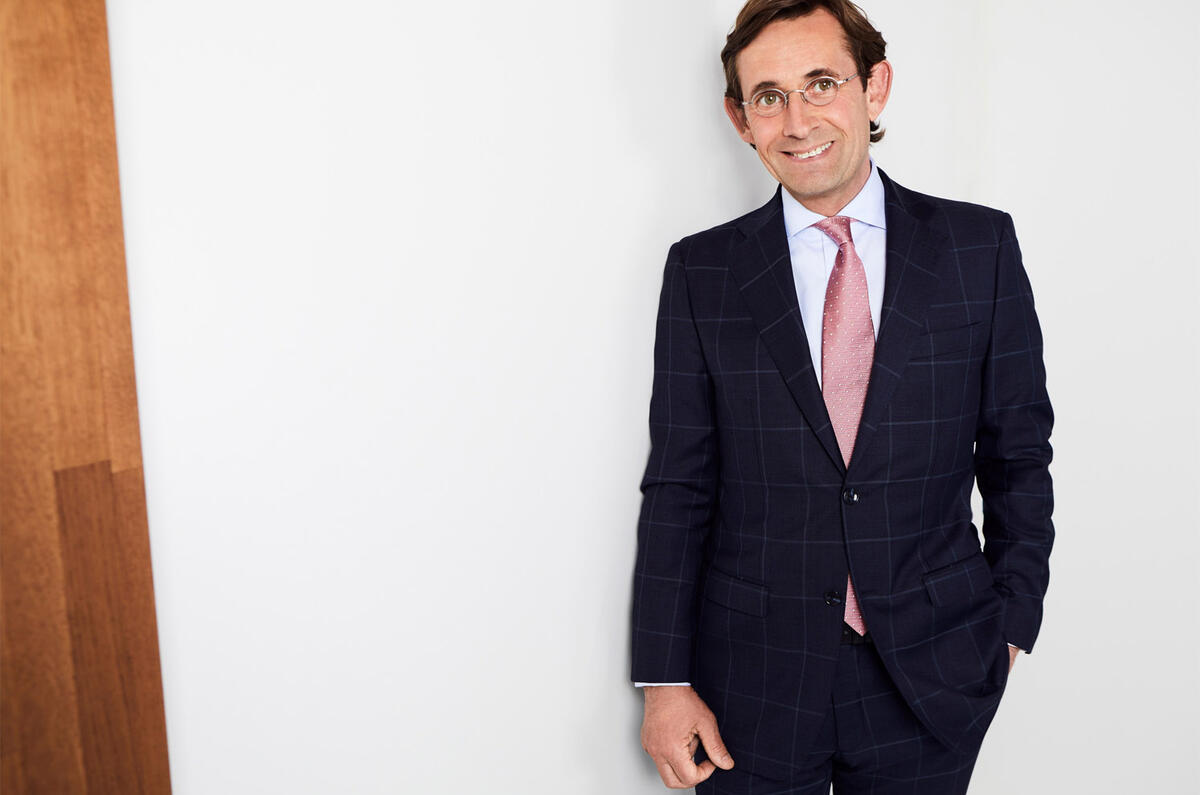
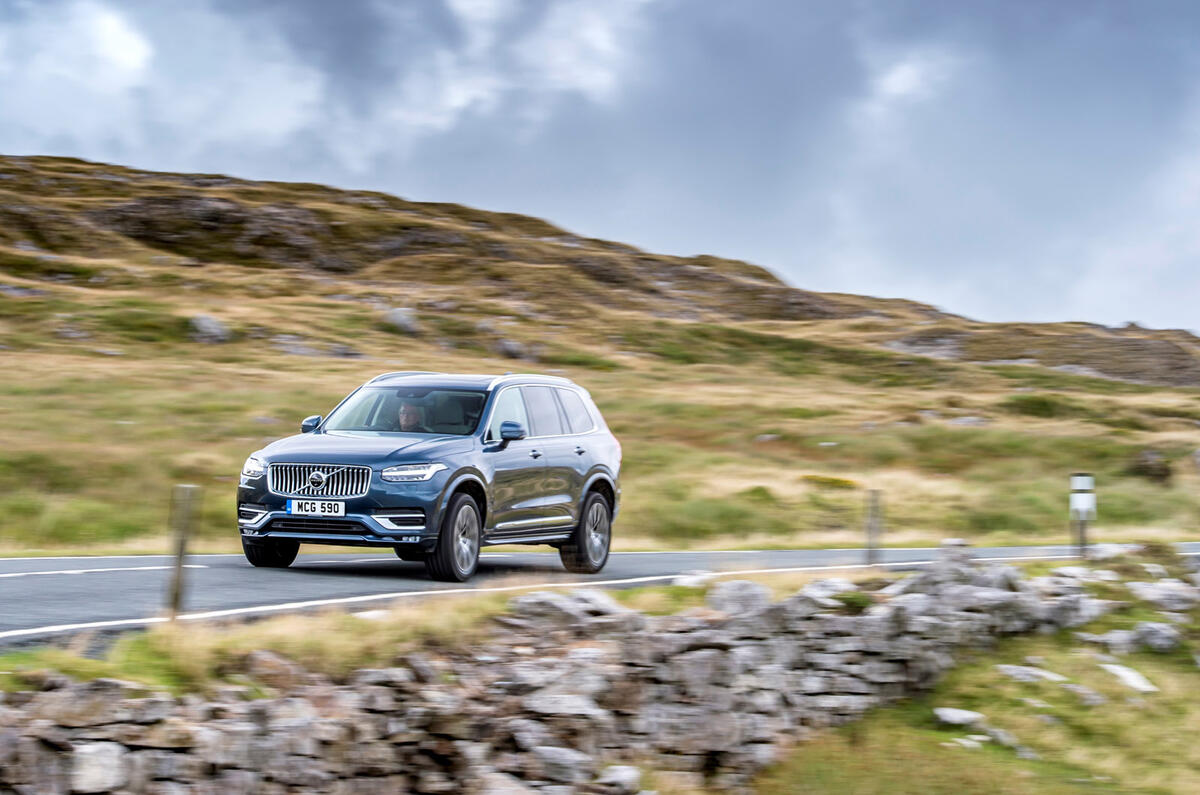
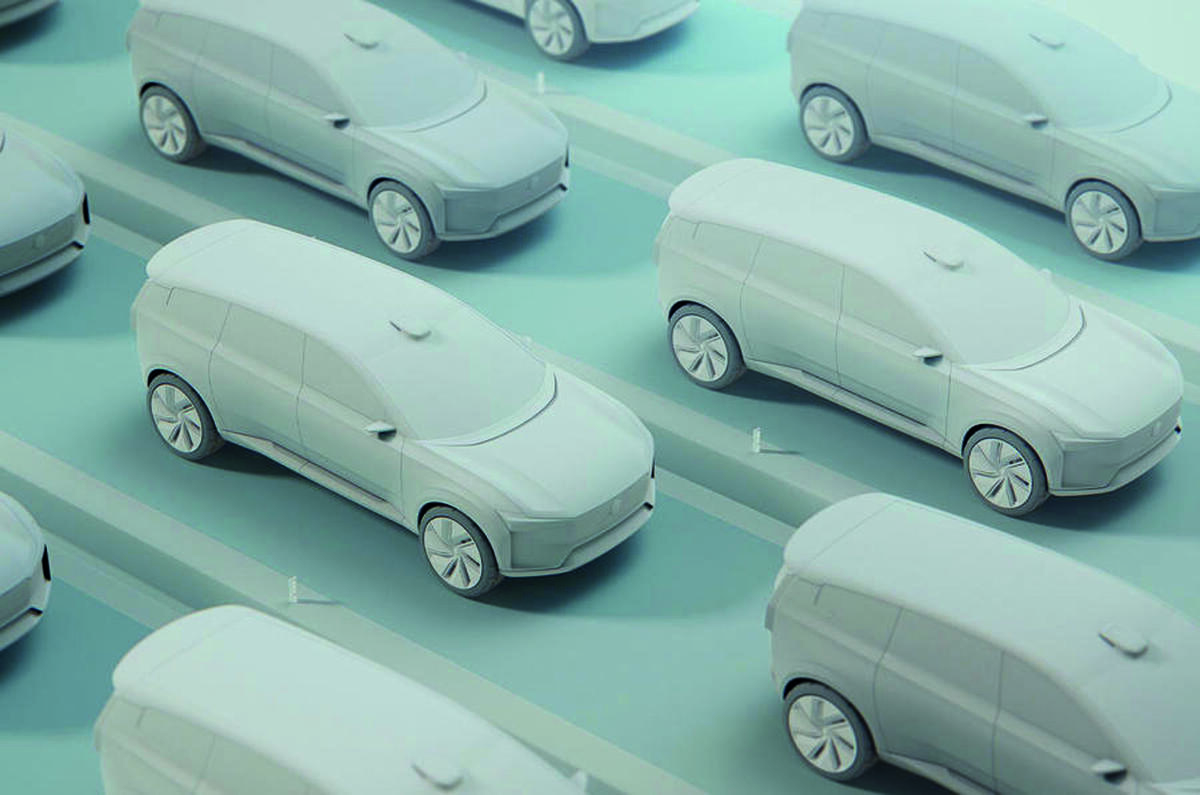
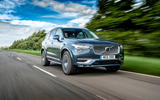

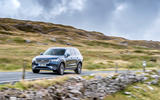



Join the debate
Add your comment
Over the past 7 years Volvo has developed a classy design language much as Audi have in Germany. (BMW and Mercedes design for Chinese tastes nowadays!) I think Volvo are going to totally mess up with the 2023 XC90 which will bear no resemblance to the current car squandering their move upmarket. At least Audi EVs actually look like Audis. I hope I am mistaken.